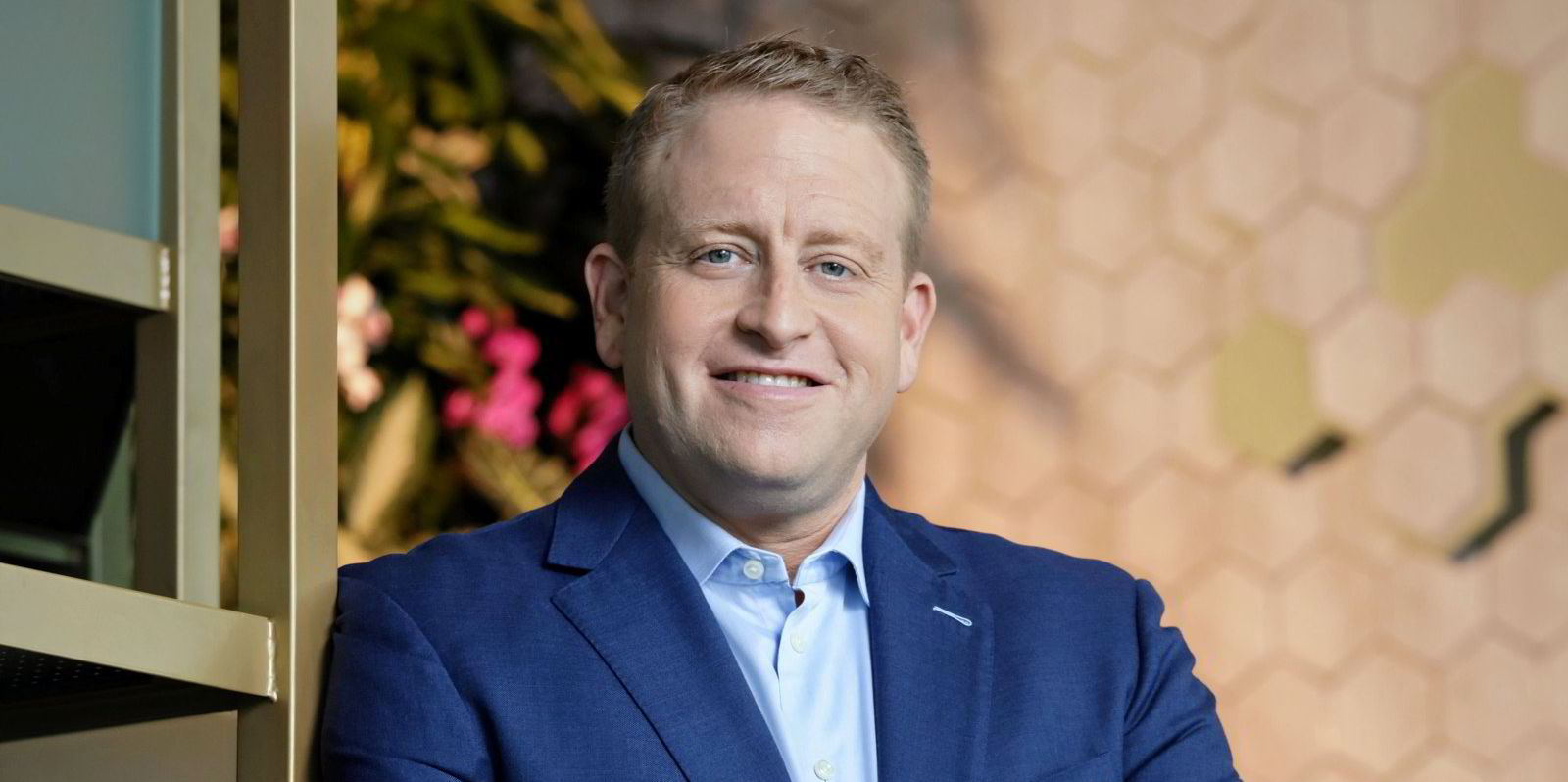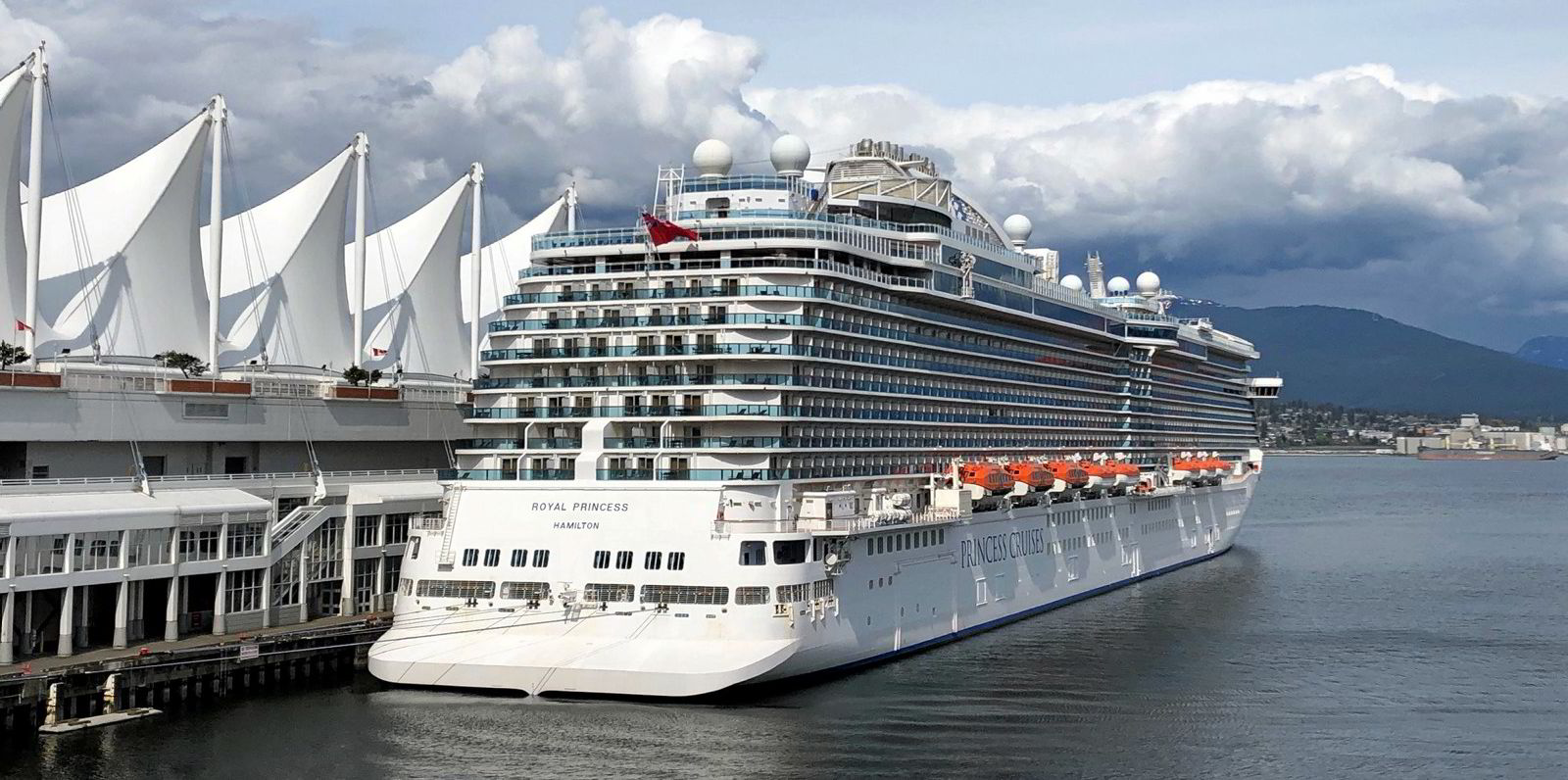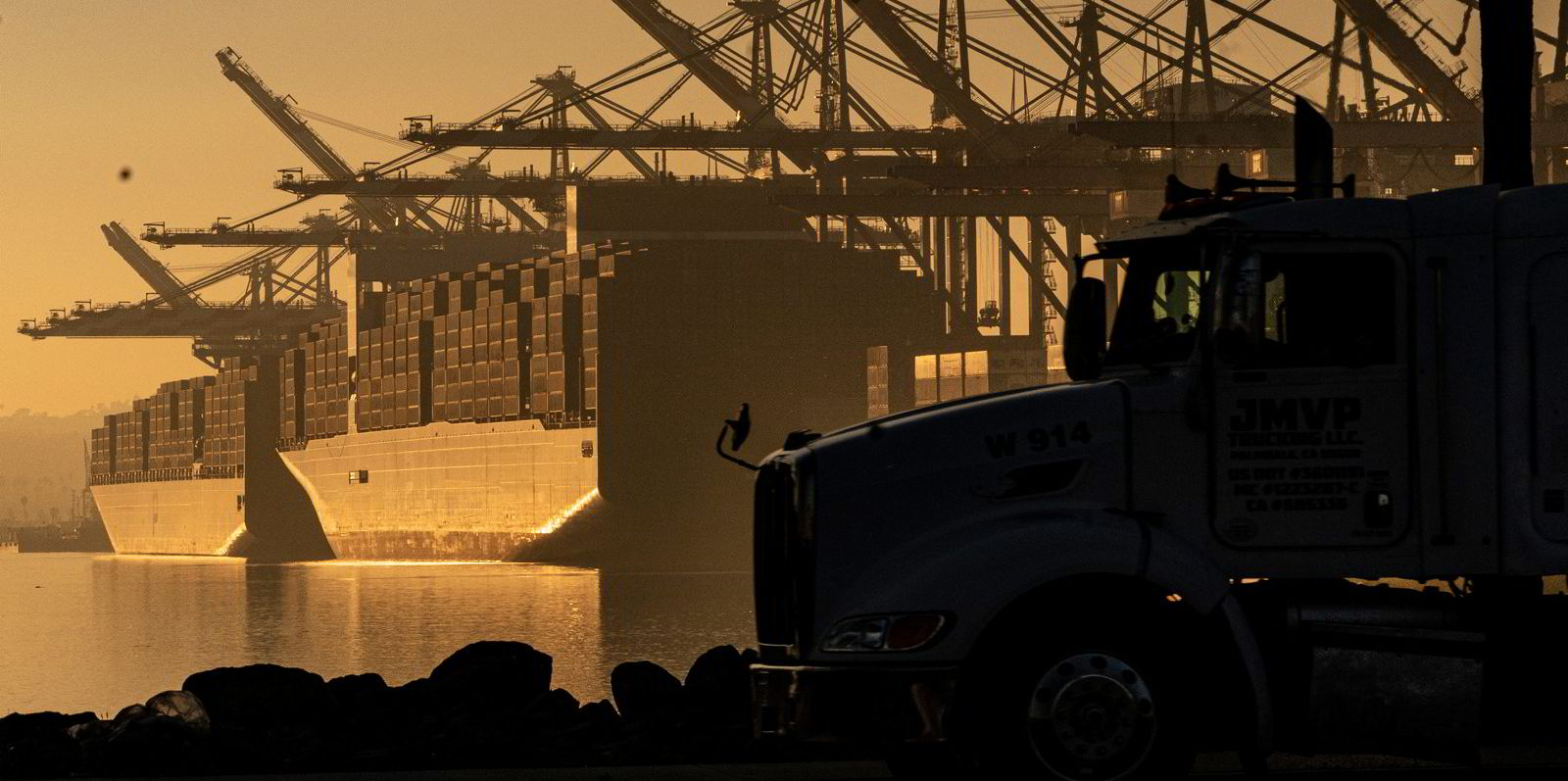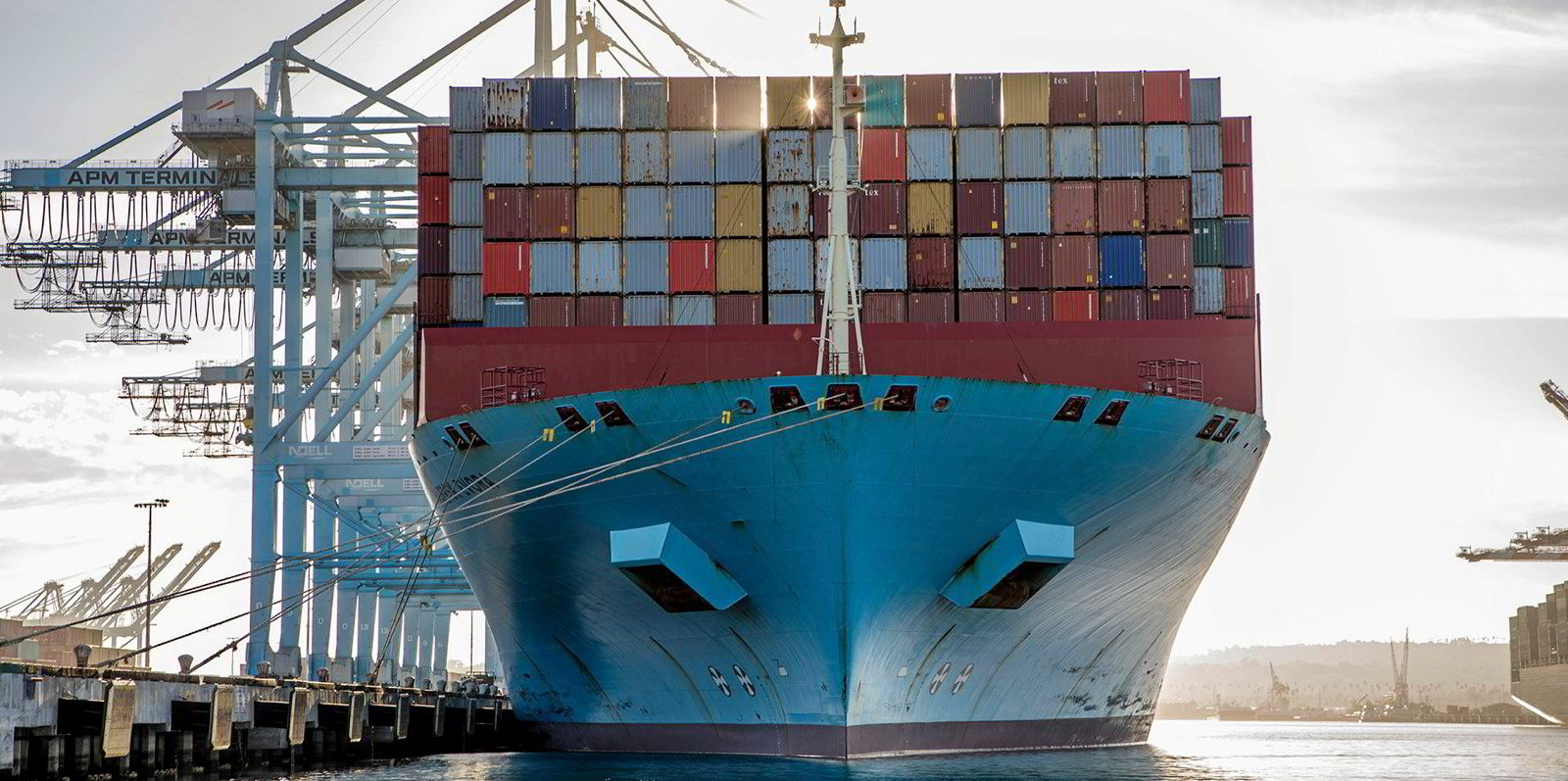Carnival Corp, Royal Caribbean International and Norwegian Cruise Line Holdings have given their backing to the world’s first cruise-led ‘green corridor.’
The initiative also has the backing of the Port of Seattle, the Vancouver Fraser Port Authority as well as the Blue Sky Maritime Coalition and Washington Maritime Blue.
The collaborative effort is aimed at exploring the feasibility of a green corridor that could accelerate the deployment of zero greenhouse gas emission ships and operations between Alaska, British Columbia, and Washington.
Seattle sees nearly 300 cruise departures for Alaska in a six-month cruise season; in total Alaska hosts more than 600 cruise sailings per year.
“These first movers are coming together around the need to address the most pressing issue of our time — climate change,” said Port of Seattle commissioner Fred Felleman.
“By exploring the development of a green corridor, we are bringing resources and technological advancements to this region where commercially viable zero greenhouse gas emissions ships may sail that much sooner.
“We are not naive about the challenges ahead. But we recognise the urgency to act as we transition to an inclusive blue economy that works for the climate, commerce, and communities alike.”
Fellow Port of Seattle Commissioner Hamdi Mohamed said achieving a zero-greenhouse gas emission shipping corridor and the necessary shore-side infrastructure is a “monumental challenge”.
But he added that the ports were “up to the challenge” to bring partners together and help lead the transformation to a blue economy.
Vancouver Fraser Port Authority chief executive Robin Silvester said it has already been collaborating with regional partners on cross-border efforts such as the Northwest Ports Clean Air Strategy, to phase out all port-related emissions by 2050, and through the ECHO Program, to reduce the impacts of commercial shipping on endangered whales.

Royal Caribbean Group chief executive Jason Liberty said cruise industry, cross-sector community and government collaborations were critical to advancing the collective path to net zero.
“This aligns with our own Destination Net Zero commitment to pursue net-zero emissions across our operations so that communities in Alaska and the Pacific Northwest benefit as we continue to deliver great vacations responsibly and drive progress toward a more sustainable future,” he said.
The Global Maritime Forum, which is backing the initiative, said it has been “vocal champions” of the green corridors concept.
“We think they are a crucial tool for accelerating shipping’s long-term transition to zero-emissions and getting the sector to the tipping point of 5% zero-emission fuels by 2030,” said Jesse Fahenstock, GMF head of research and analysis.
“Moving to new fuels, new vessels, and new shore-side infrastructure is complex, but inclusive, collaborative efforts like this one can make it possible.”
Washington Maritime Blue vice president of strategies and projects Jennifer States said cruise vessels and the associated charging/fueling infrastructure can provide “key demonstrations for new technologies, paving the way for additional vessel types and broader collaborations”.
While initially formed by cruise ports in the Pacific Northwest, with input from the cruise industry, the backers of this initiative said they welcome participation from all sectors of the maritime industry and other regional ports.
“Domestic cargo lines, ferries, commercial fishing, tug and barges, and other ports have a strong interest and shared goals around climate action which may require an expanded agreement to reflect new participants or corridors in the region,” the said in a statement.
In 2021, 24 countries, including the US and Canada, signed the Clydebank Declaration and in doing so, committed to supporting the establishment of at least six green corridors by 2025 while aiming to scale up activity in future years.





